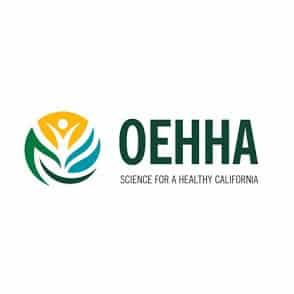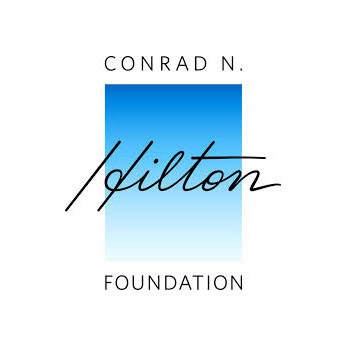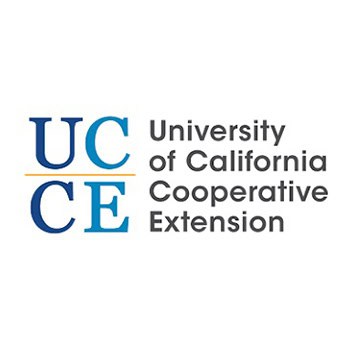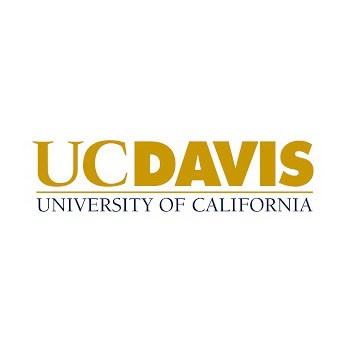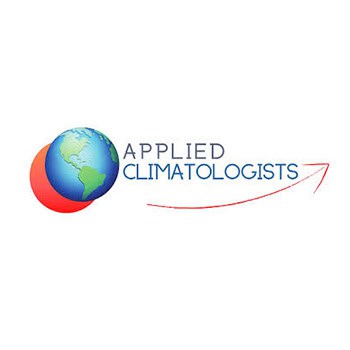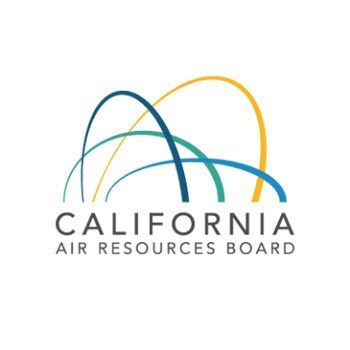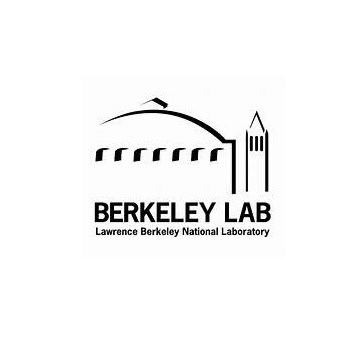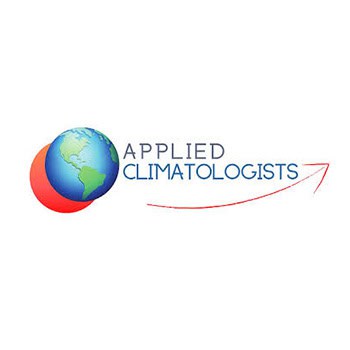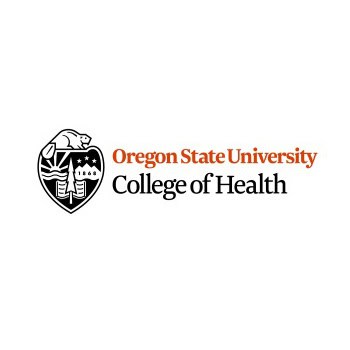Building Resilience Capacity
Mapping and Forecasting
It is important to understand and track potential improvements to community health that accrue as a direct result of emission reductions programs, but, at present, no systematic tracking system exists. For areas designated as pollution burdened, we are developing a way to track the health impacts of air pollution and identify policies and actions that reduce exposures in impacted communities. With the resulting tool, we will be able to assess the health benefits of selected interventions that aim to reduce air pollution in impacted communities. The final product will include a mapping tool that will display the resulting information on an easily accessible web-based public dashboard.
Increasing resilience capacity
Building communities’ adaptive capacity while improving social cohesion and equity
We developed a model framework for planning and evaluating the impacts of community resilience hubs. Such hubs are critical for climate readiness, especially in under-resourced neighborhoods with large vulnerable populations. . Research indicates that existing support systems are better utilized during disasters than temporary shelters and cooling centers. Our resilience hub evaluation metric can help strengthen existing networks for maximum response capacity
Community engagement
C-Solutions is partnering with the Community Engagement and Research Program (CERP) of UCLA’s Clinical and Translational Science Institute to assemble a Wildfire Health Community Advisory Board as part of the LA Fire HEALTH Study. The Community Advisory Board gives feedback on public health communication materials and research findings to help refine and clarify actionable information about exposures and protective measures for the public. Their feedback is brought back to the research team and impacted agencies in a collaborative exchange of perspectives and concerns.
The first CAB meeting includes important explanations about what is found in smoke, what we know and don’t know about the health impacts of wildfires, vulnerable populations, and how to reduce exposures through various actions.
The second CAB meeting focused on air pollution, including how to measure air pollution during wildfires, airborne metals, and early results from the LA Fire HEALTH study and others on air quality, health outcomes, and indoor and outdoor air quality (metals, VOCs, etc.).
The 3rd meeting of the CAB included information about lead and other toxins in dust and soil, how lead can effect your health, and strategies for preventing exposure to lead and other toxins.
Community Partners:
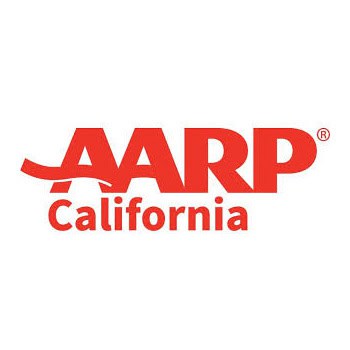
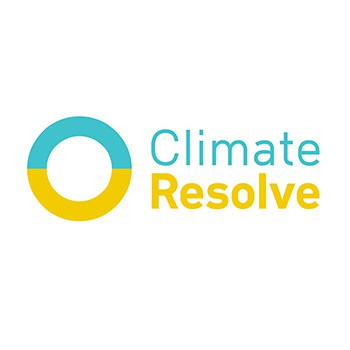
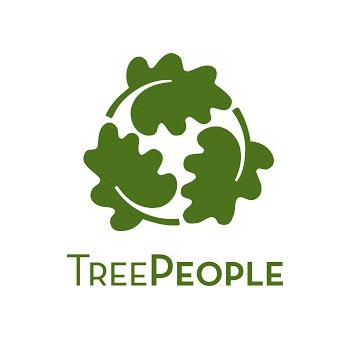
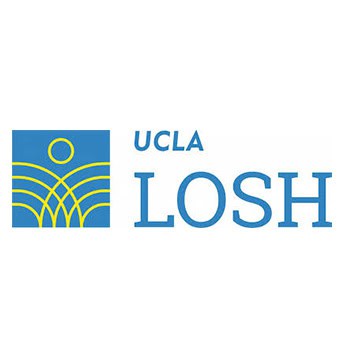
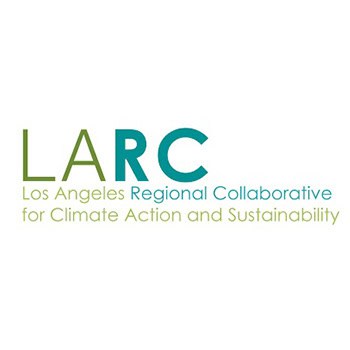
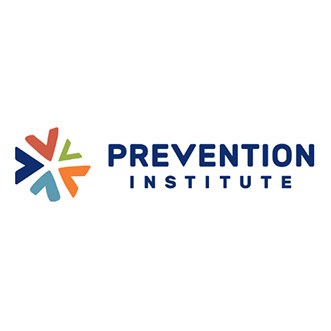
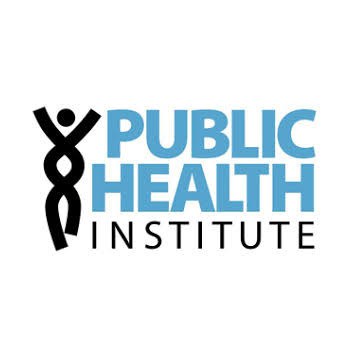
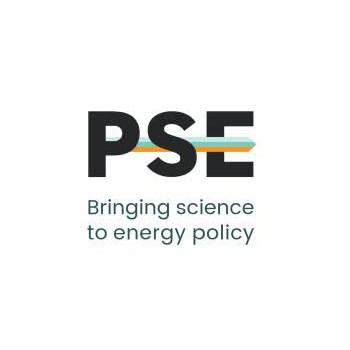
Collaborators and Sponsors:
